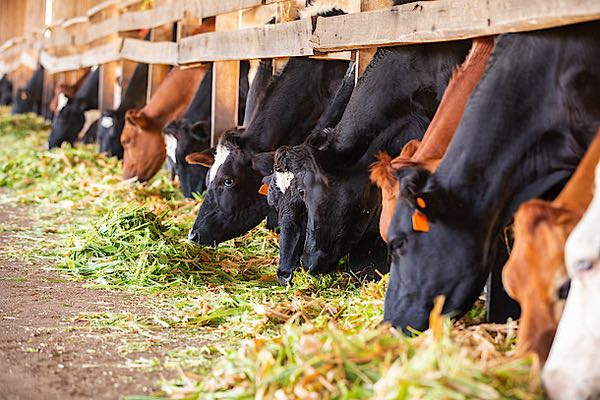
Over the last 29 years, Rwanda has made remarkable progress as highlighted by the rapid economic growth and sharp reductions in poverty. The agriculture sector has remained pivotal in improving the livelihoods of Rwandans and sustaining the country’s economy. The agricultural sector currently accounts for 25% of the national Gross Domestic Product (GDP).
Rwanda’s agriculture sector has enjoyed an annual average growth of 5% over the last fifteen years, while the country’s GDP per capita per year increased from US$ 441 in 2007 to US$1,004 in 2022.
From a socio-economic front, the overall decrease in the poverty rate went from 60 % in 2000 to 38.2 % in 2017 and agriculture was one of the key drivers. For example, the increase of animal population boosted animal products in the country. Cattle population grew from 1 million in 2005 to around 1.5million in 2022, with a contribution of over 450,000 cows from the Girinka programme which the government initiated in 2006. This has contributed to the improvement of livelihoods, nutrition, family incomes and social cohesion among Rwandans. Milk production has increased from 142,511 MT in 2005 to 999,976 MT in 2022.
Additional initiatives such as small stock distribution to vulnerable families were also initiated: during the 2022-2023 fiscal year 1,980 pigs and 60,070 poultry were distributed to youth and women cooperatives created by members from poor families.
Agriculture is an important source of foreign exchange, making up 37% of the value of Rwanda’s exports in 2021-2022 fiscal year while agriculture export income increased from $70 million before 1994 to $640 million today. Only coffee, tea, and pyrethrum were considered as cash crops, however staple crops, animal products, new commodities like macadamia, flowers, fruits, vegetables, cereals, and grains are now also considered as cash commodities.
Annual tea production grew from 11,000MT of made tea in 1994 to 38,361 MT of made tea to date. Annual tea revenue was only US$17.5 million 29 years ago, but this cash crop now generates US$ 106 million and it is exported to many countries among which are Pakistan, UK, Kazakhstan, Sudan, Egypt, Ireland, and Germany. In the same period, annual coffee income has increased from US$ 38 million to over US$ 105 million today. (End)
